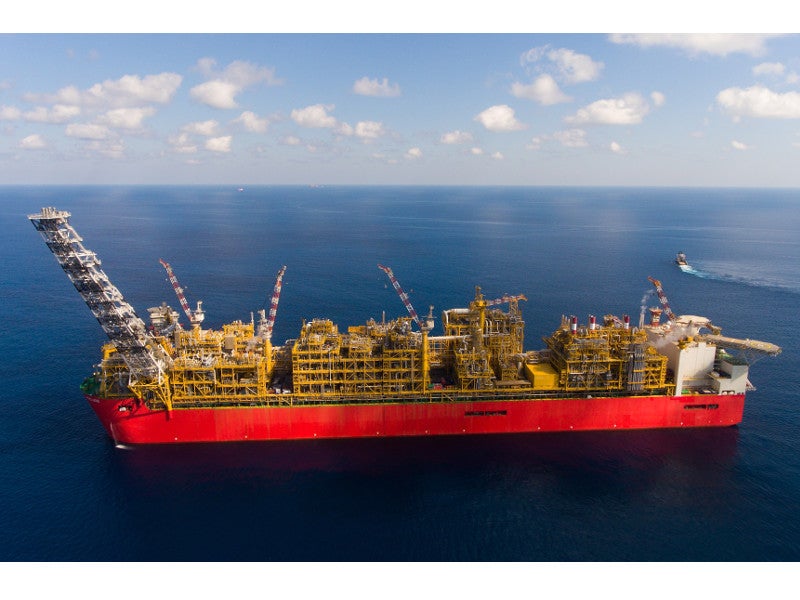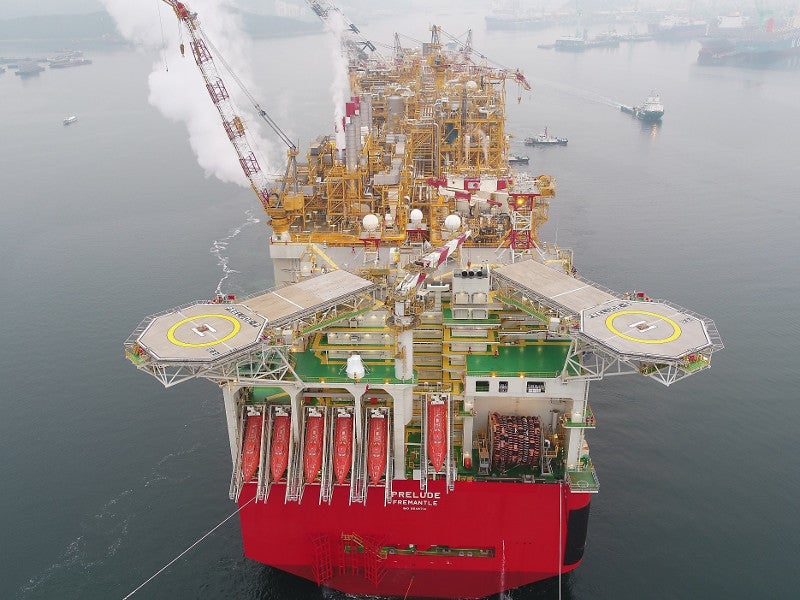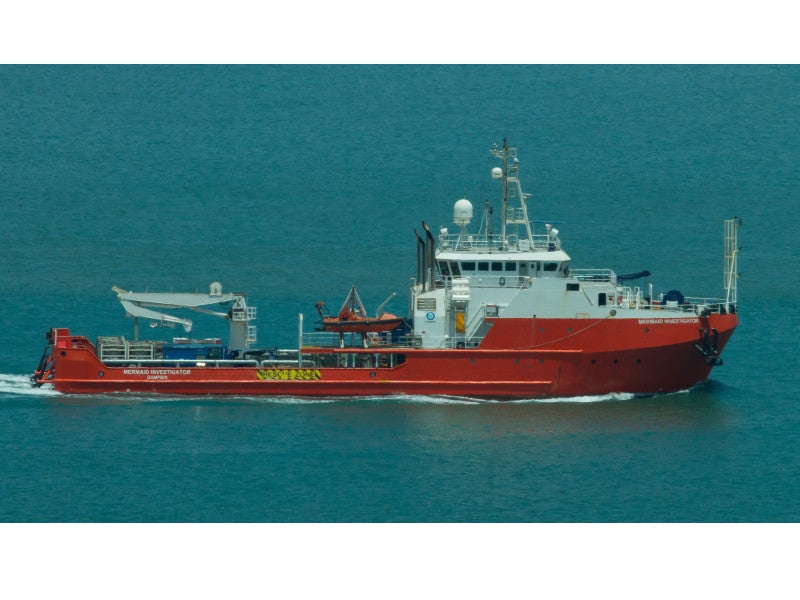The Crux project involves the development of the Crux gas field, located in Browse Basin approximately 190km offshore north-west Australia.
The gas field is being developed by a joint venture composed of Shell subsidiary Shell Australia (82%, operator), Seven Group Holdings (SGH) subsidiary SGH Energy (15%) and Osaka Gas Holding (3%). It will supply backfill gas to the Prelude floating liquefied natural gas (FLNG) facility, which is the world’s biggest FLNG platform.
The operator received environmental approval for the project from the National Offshore Petroleum Safety and Environmental Management Authority (NOPSEMA) in August 2020. The front-end engineering design (FEED) studies for the project were completed in April 2021.
The final investment decision for the project was made in May 2022, and construction work is scheduled to begin later in the year. Mobile Offshore Drilling unit operations are anticipated to be completed by 2025. The first production of gas is expected in 2027.
The field is estimated to have a production capacity of 550 million standard cubic feet of gas per day (Mmscfd). Following an expected life of 20 years, the field will be abandoned and decommissioned.
Crux gas field location
The Crux gas field is located in the AC/P23 permit in the Commonwealth marine waters of the Browse Basin in water depths of around 165m.
Crux gas field discovery, geology and reserves
Discovered in 2000, the Crux gas field was initially operated by Nexus Energy, which is now part of SGH.
The field consists of four reservoir units of the Montara, Plover and Nome formations. It is estimated to contain two trillion cubic feet (tcf) of gas and 66 million barrels of condensate.
Crux project development details
The Crux gas field will be developed through a not normally manned (NNM) platform equipped with dry trees, minimal processing facilities and utility systems. The NNM platform will be remotely operated from the Prelude FLNG facility.
Five production wells are planned to be drilled from a single drill centre. The wells will be tied-back to the platform through subsea infrastructure. Additional wells are planned to be drilled in the Crux in-field development area, approximately 30km from the proposed platform location. The additional wells will also be tied back to the platform using subsea infrastructure.
The NNM platform will be tied-back to the Prelude FLNG facility through a subsea tie-in system, as well as a 160km-long and 26in-diameter export pipeline. The proposed route of the export pipeline does not have any seabed obstructions and is relatively straight. It includes a 1km buffer on both sides to accommodate for minor deviations in the final pipeline route.
Drilling activities
The five production wells will be drilled using a drilling template, which is a steel structure with eight drill slots. The template will be 28m in length, 9m wide and 10m in height. It will be installed by a light construction vessel, which will remain on-site for the life of the field.
A semi-submersible mobile offshore drilling unit will drill and suspend the wells from the template ahead of the installation of the substructure and topsides of Crux. The installation of the drilling template is expected to be completed in 2023.
Prelude FLNG facility details
The Prelude FLNG facility is installed in the Browse Basin in a water depth of 250m as part of the Prelude field development plan. It has a production capacity of 5.3 million tonnes per annum (Mtpa) of liquids, 3.6Mtpa of LNG, 1.3Mtpa of condensate and 0.4Mtpa of liquefied petroleum gas.
The 488m-long vessel weighs 600,000t and is secured in position by a 93m-high turret mooring system. It commenced production in December 2018. Designed to withstand Category 5 cyclones, the facility enables natural gas produced offshore to be liquefied and offloaded onto ocean-going LNG carriers for transportation.
Contractors involved
Wood and KBR were awarded the contract for delivering the FEED for the NNM platform and gas export pipeline of the Crux project.
Neptune was contracted to perform geotechnical surveys for the field, as well as route surveys for the 160km pipeline. The company used its Mermaid Investigator offshore supply vessel to carry out the studies.




